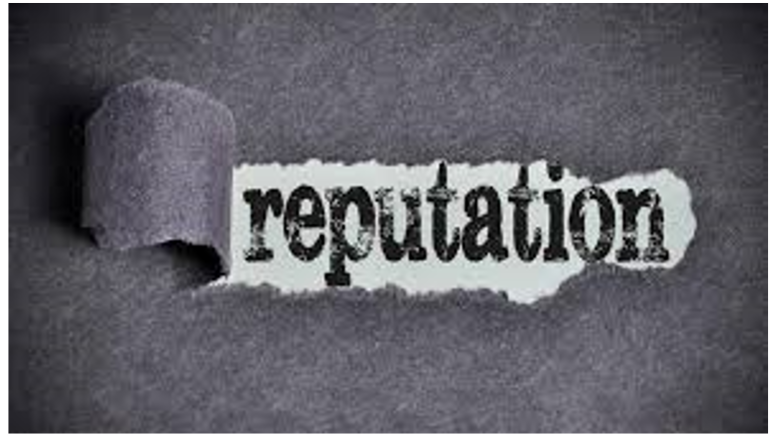Corporate reputation isn’t just one thing. It is the confluence of elements including market share, brand equity, leadership style, corporate behavior and customer satisfaction. The work of building and sustaining reputation is similarly multi-dimensional—strategy, vision, commitment, actions, amplification, and humanity. Think of these like notes, all working together and building on each other in a balanced and compelling rhythm, just like instruments in a world-class orchestra.
In the most enduring symphonies, different instruments are played simultaneously by accomplished musicians together with each instrument enhancing the other. What results is moving and memorable music. When, on the other hand, those same accomplished musicians play their instruments just as skillfully at the same time but individually, the result is a discordant cacophony.
For reputation work, too often, companies focus on the notes –elements, developed and executed by teams each with areas of ‘ownership’ working individually—but lose the harmony because the notes aren’t coordinated. This is the case at a major company I’ve spoken recently with in which teams work separately and apart from one another, though they are aware of each group’s initiatives. Even if each team is doing a great job and meeting their own individual objectives, it’s hard to discern a rhythm that connects the elements into an overarching narrative.
Here are steps that will help bring the individual elements into harmony:
- Throw out the playbook that has all players at the same table but focused only on their parts. Think ‘integrated’ communications so there’s a seamless coordination. One way to accomplish this is to form a corporate reputation leadership team comprised of representatives of various functions with facilitation or support by an individual (could be from inside or outside the company) who has the whole picture. Imagine this is the orchestra conductor. The CRLT meets regularly for information exchange; the conductor ensures the timing and roll outs, sees and fills any voids (have all stakeholders been reached using the platforms that best suit them?) and ensures amplification. A significant benefit of integrated communication approaches is more cross-functional communication and partnership.
- Align strategies of each team to ensure everybody is clear not only on the importance of their roles and programming but also the ‘why’ this activity or that makes sense for the narrative and adds a valuable layer to the rhythm. And why it may make more sense to dig deeper into one element vs. adding others. Again, think of music here—sometimes fewer notes that have depth and resonance ring the clearest.
- Agree on core messaging which acts as the glue that connects all elements. Sometimes, it is necessary to tailor core messages with context or imagery for resonance with some stakeholders.
- Consider balance. Is there balance to the different elements in your corporate reputation initiative? I have worked with companies that make a ‘big bet’ – an investment in one major execution. The idea that centers a corporate reputation campaign can come from any group. Going the ‘big bet’ route can be very successful if it is supported by other investments that bring it to life for diverse audiences and add complementary layers, in what I’d call ‘the surround sound.’
- Never forget internal audiences when it comes to corporate reputation. The ‘rock stars’ of external corporate reputation work can often be found within a company’s own walls. Moreover, there are innumerable business benefits to be gained such as internal pride, inspiration as well as talent recruitment and retention.
Think about the last time you went to a concert. At various points during the performance, certain instruments were featured more prominently than others. Maybe there was a violin solo or a particularly beautiful piano piece. But at the end, it was the overall experience, the music played together, that kept you humming on your way home. The same applies to corporate reputation campaigns. In today’s intense, competitive environment, no company can sustain a cacophony. When there’s consideration of the notes and the rhythm, all teams contribute to the score, know their parts, as well as exactly where they fit into and maximise the collective effort.
The views and opinions published here belong to the author and do not necessarily reflect the views and opinions of the publisher.



Be the first to comment on "An enduring corporate reputation needs the right notes and the rhythm"